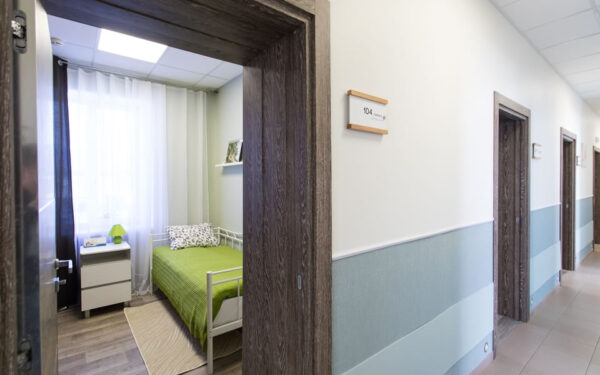Medicare Hospice Rates – Keeping Everything in Balance

In its final rule, effective October 1, 2019, the Centers for Medicare and Medicaid Services (CMS) updated the Medicare hospice payment rates, the hospice cap amount, and implemented some additional changes.
Hospice providers will notice some changes in their Medicare reimbursements compared to previous years. CMS determined that the rates for some types of hospice care were too low and rebased the rates for general in-patient care (GIP), in-patient respite care (IRC), and continuous home care (CHC).
The rebasing process started by using Medicare claims data and cost reports from fiscal year (FY) 2017. CMS applied various statistical edits, trims, and exclusions to determine GIP, IRC, and CHC costs from the cost reports. After applying the edits to remove what CMS determined to be incomparable data, the number of cost reports remaining was 1,232 out of a possible 4,195 in CMS’s database. Cost reports matter, and they continue to affect reimbursement on a frequent basis.
CMS then determined the GIP, IRC, and CHC costs per diem from the applicable remaining FY 2017 cost reports and applied three years of inflation factors.
Below is a comparison of the FY 2020 and FY 2019 national Medicare hospice rates for providers who submitted the required quality data, before wage index adjustments:
| Type of Care | 2020 | 2019 | $ Increase (Decrease) | % Increase (Decrease) |
|---|---|---|---|---|
| Routine Home Care (days 1-60) | $194.50 | 196.25 | $(1.75) | -0.9% |
| Routine Home Care (days 61+) | 153.72 | 154.21 | (0.49) | -0.3% |
| Continuos Home Care (24 hours) | 1,395.63 | 997.38 | 398.25 | 39.9% |
| Continuous Home Care (hourly) | 58.15 | 41.56 | 16.59 | 39.9% |
| Inpatient Respite Care | 450.10 | 176.01 | 274.09 | 155.7% |
| General Inpatient Care | 1,021.25 | 758.07 | 263.18 | 34.7% |
The rate rebasing was performed in a budget-neutral manner. Since rates for three of the four levels of care were increased, the final remaining level of care — routine home care (RHC) — decreased. To stay budget-neutral, everything must stay in balance. In its final rule, CMS states that a review of claims over the last 10 years shows that RHC remained the highest utilized level of care, accounting for an average 97.6% of total hospice days. For hospices that have almost all RHC level-of-care days and also pass the GIP reimbursement to outside contractors, the rebasing could initially be viewed as a payment cut. Only time will tell in the months ahead.
A couple of bright spots in the rebasing include the reimbursement for the service intensity add-on (SIA) payment and in-patient respite care. The SIA is reimbursed at the CHC hourly rate, which increased by approximately 40%. The SIA rate increase should benefit all hospice providers, especially those with lower average lengths of stay. The other bright spot is the increase in the in-patient respite rate from $176.01 to $450.10. This brings the rate up to a level that, in many geographic areas, should cover both room-and-board and hospice care expenses.
CMS uses the hospice wage index to adjust payment rates to reflect local differences in area wage levels, based on the location where the services are furnished. The FY 2020 hospice rates were calculated using the FY 2020 hospital pre-floor, pre-reclassified wage index. In prior years, the hospice rates were calculated using a one-year lag in the wage index. For example, the FY 2019 rates used the FY 2018 wage index. CMS is skipping the lag year in order to create more uniformity with its other rate-setting policies.
The FY 2020 hospice payment update percentage represents a 2.6% increase. This consists of a 3.0% estimated in-patient hospital market update less a 0.4% estimated multifactor productivity adjustment, as mandated by the Affordable Care Act. CMS estimates an overall payment increase of $520 million in FY 2020 over FY 2019, but this will vary by facility type and location.
The hospice cap in FY 2020 will be $29,964.78 per beneficiary count, which is equal to the FY 2019 cap amount of $29,205.44 increased by the hospice update percentage of 2.6%. The hospice cap is not wage index-adjusted. Hospices with lower wage indices and lower rates can provide more services and stay under the cap. Hospices in higher wage areas can provider fewer services on average per patient and should monitor their cap positions more closely for possible overpayments due back to Medicare. CMS’s final rule also contains other changes, including changes and modifications to the election statement and quality measures reporting procedures.
CMS updated its Medicare hospice rates by rebasing some levels of care and balancing the rest.





